China’s garment industry is undergoing a seismic shift, and at its epicenter stands Guangdong Province. Accounting for over 10.5% of the nation’s GDP and targeting a staggering ¥700 billion in textile and apparel revenue by year-end 2025, Guangdong has evolved from a manufacturing hub into a beacon of high-quality, tech-driven production. Anchored in cities like Guangzhou, Foshan, and Zhongshan, pioneers like Auschalink are redefining global standards through digitization, sustainability, and agile supply chains.


Reinventing the Supply Chain
The traditional model of bulk orders and stagnant inventory is obsolete. Auschalink mirrors innovators like SHEIN, whose “small-batch, rapid-response” model uses real-time consumer data to guide micro-runs of 100–500 units per design. This agility is amplified by cluster ecosystems: in Shaxi (Zhongshan), manufacturers like Jinding Zhizao and Xiahu Shijia converge with fabric innovators, enabling same-day prototyping and scaling. Local policy accelerates this synergy—Guangdong’s government champions industrial parks like the 10,000-acre Guangqing Textile Hub, integrating R&D labs, shared factories, and export logistics under one roof.
The Rise of “Intelligent Manufacturing”
Guangdong’s factories have traded manual assembly lines for AI and IoT-driven ecosystems. In Foshan, digitized facilities like Ruien Garments now transform raw fabric into finished apparel in just 7 minutes—leveraging automated cutting beds and smart overhead conveyors that route materials to precision stations. Similarly, Zhongshan’s Tongwei Garments invested millions in 5G-integrated “smart workshops,” slashing lead times by 80% while enabling real-time 3D design collaboration with global partners. For Auschalink, this tech infusion means unparalleled efficiency: algorithmic trend forecasting syncs with automated production, minimizing waste while maximizing customization.
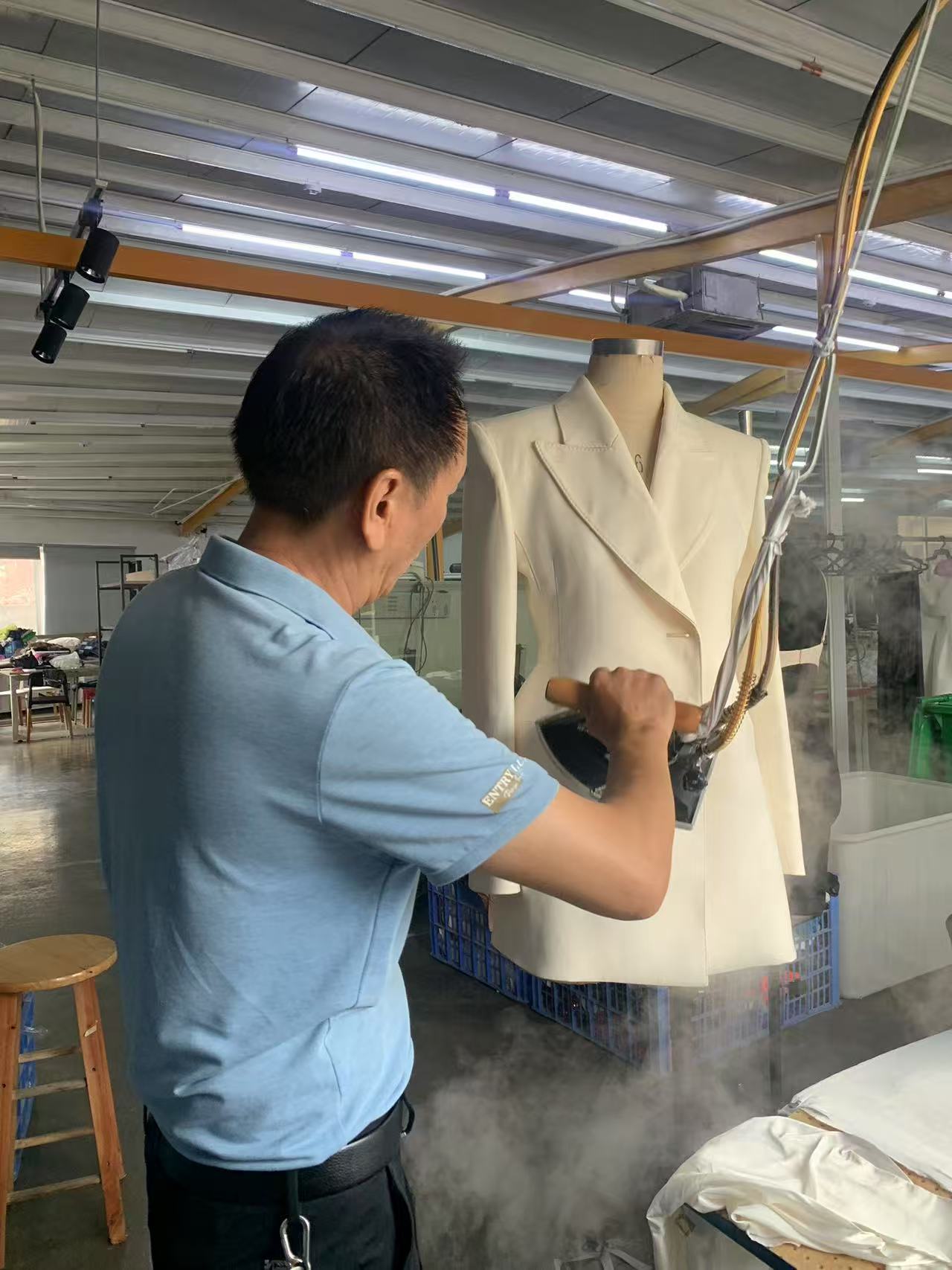

The Road Ahead
Guangdong’s garment sector is sprinting toward a tech-centric future. Auschalink and peers now experiment with AI-generated designs, AR fitting rooms, and biodegradable smart textiles. Provincial investments exceeding ¥100 billion (like SHEIN’s AI-powered industrial parks) will cement this dominance. As supply chains grow leaner and greener, Guangdong isn’t just making clothes—it’s engineering fashion’s future.

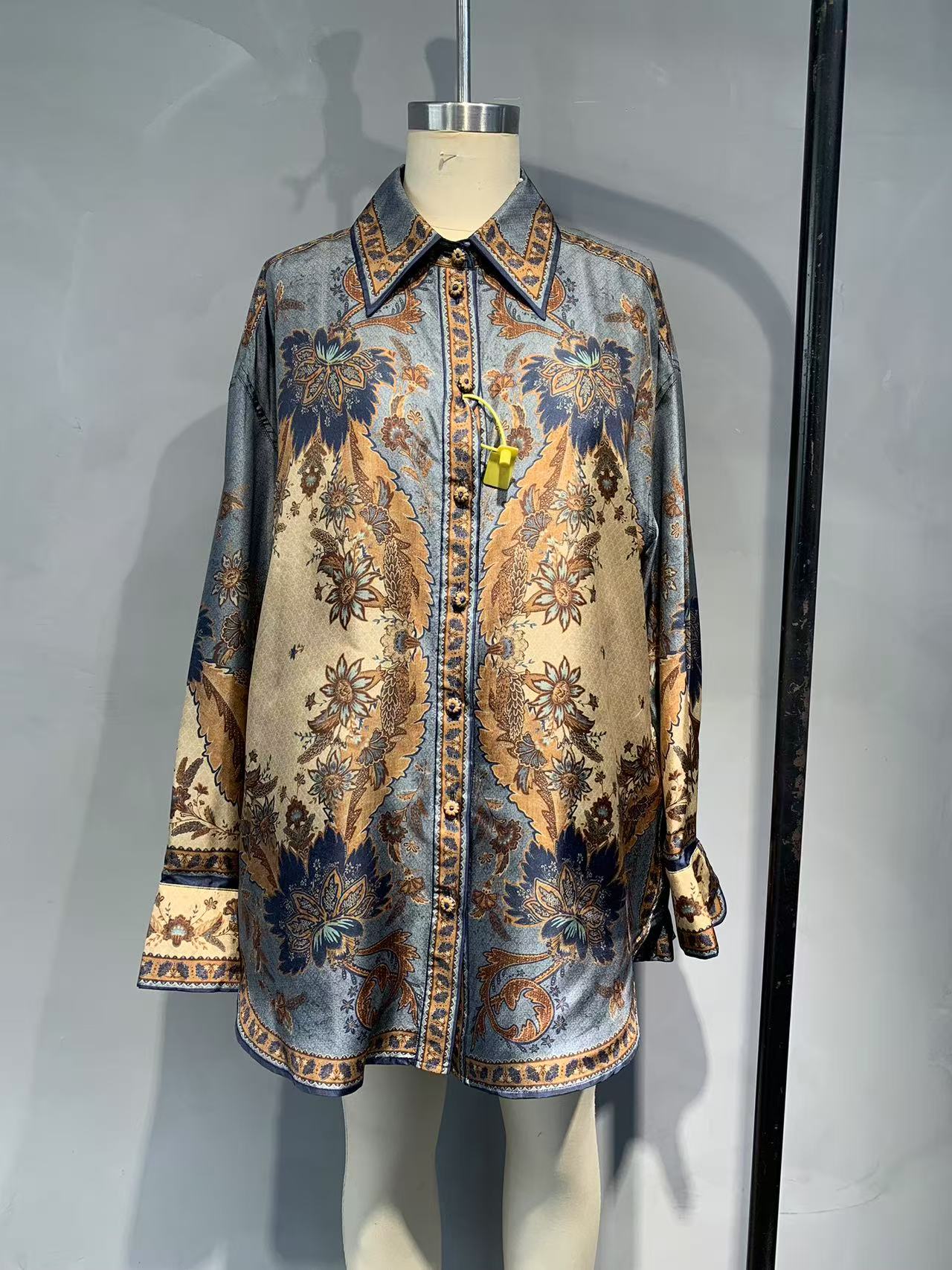
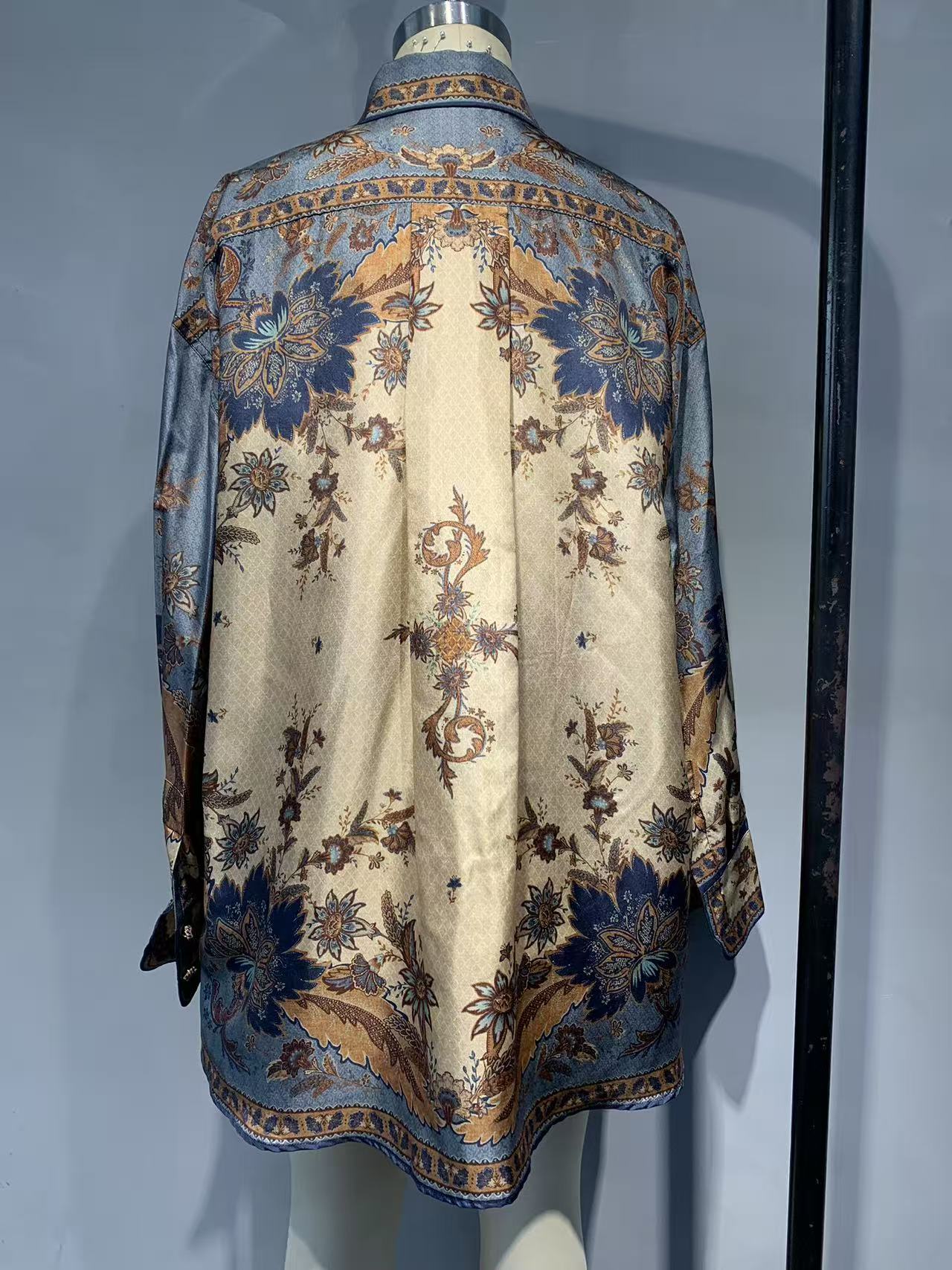
Global Reach, Local Mastery
While Auschalink’s garments reach consumers from Paris to São Paulo, its roots remain deeply local. Guangdong’s cluster advantages—like Guangzhou’s fabric markets (Asia’s largest) and Shaxi’s live-streaming e-commerce ecosystem (¥10 billion annual sales via 1,180 studios)—enable rapid scaling. Brands like UR (Urban Revivo) exemplify this blend: a 500-strong global design team crafts collections fusing Cantonese embroidery with Scandinavian minimalism, distributed via AI-optimized global logistics.

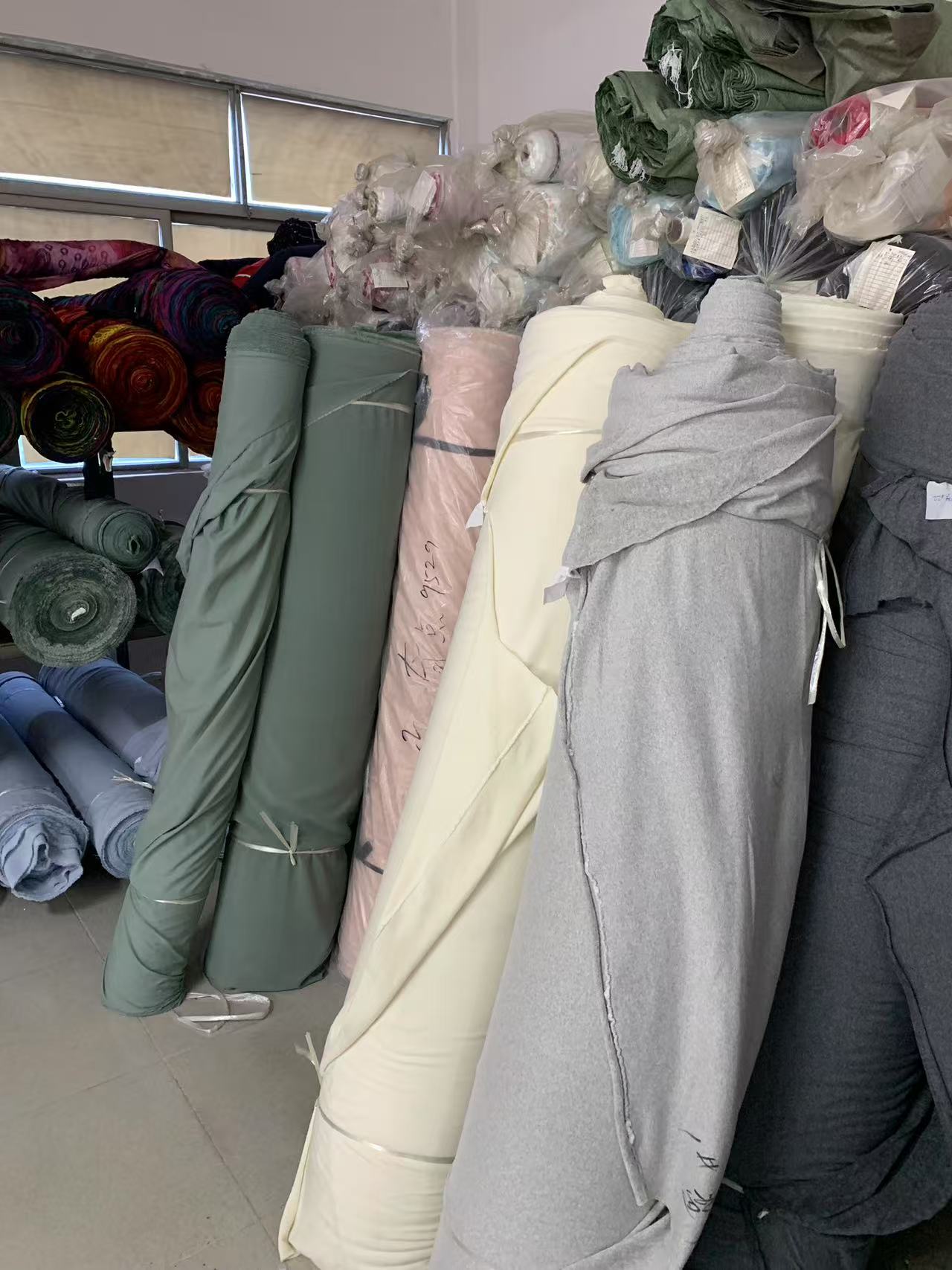
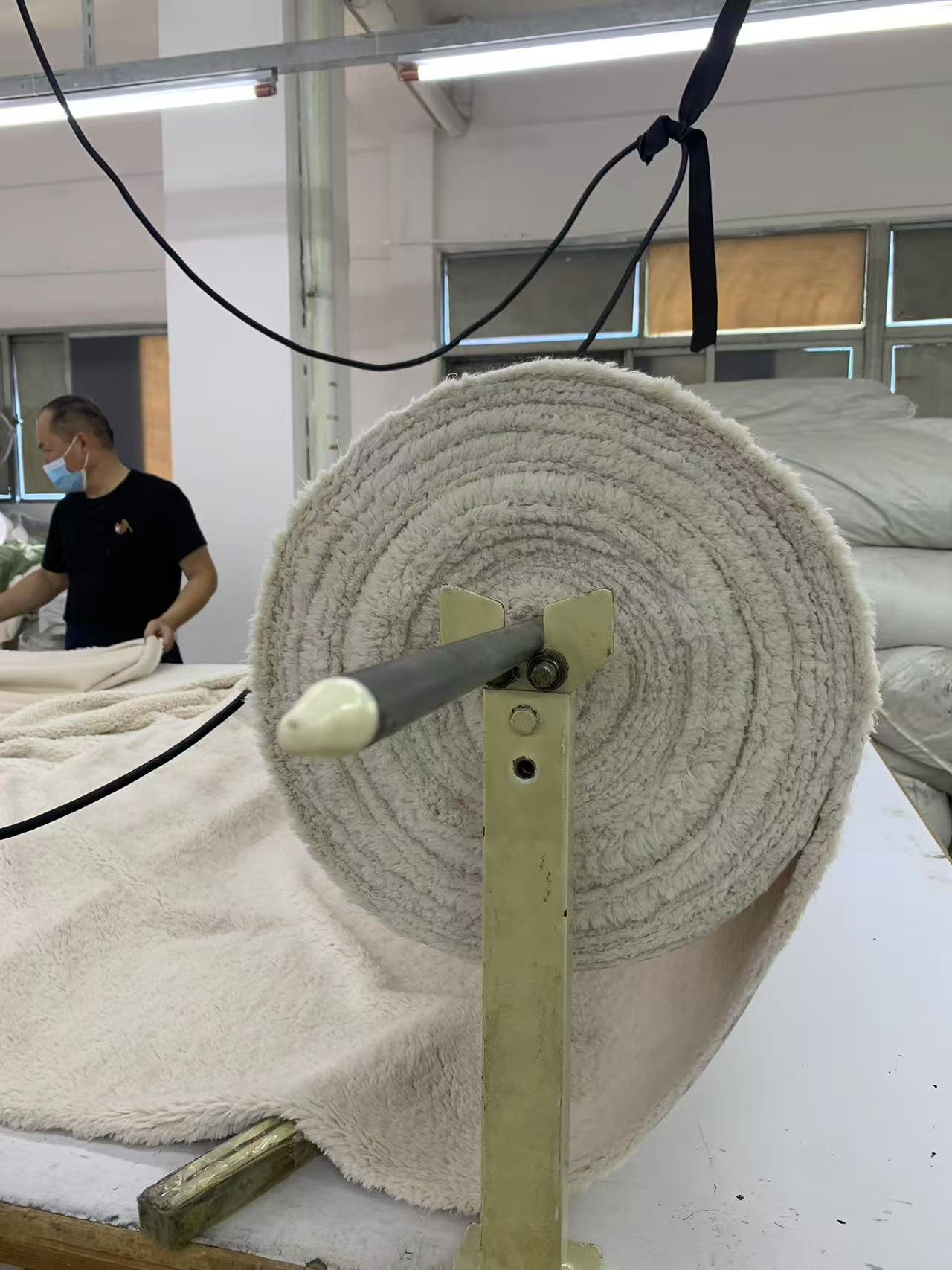
Sustainability as Competitive Edge
Green manufacturing is no longer optional. Auschalink adopts breakthroughs like digital cold-transfer denim dyeing—pioneered by SHEIN with Donghua University—which uses 70.5% less water than conventional methods. Recycled polyester blends and solar-powered warehouses further reduce carbon footprints, while blockchain tracing ensures ethical sourcing. These innovations align with surging demand: e-commerce platform VIP.com reports 200% YoY growth in eco-conscious “Eastern Aesthetic” apparel.
Post time: Jun-23-2025
